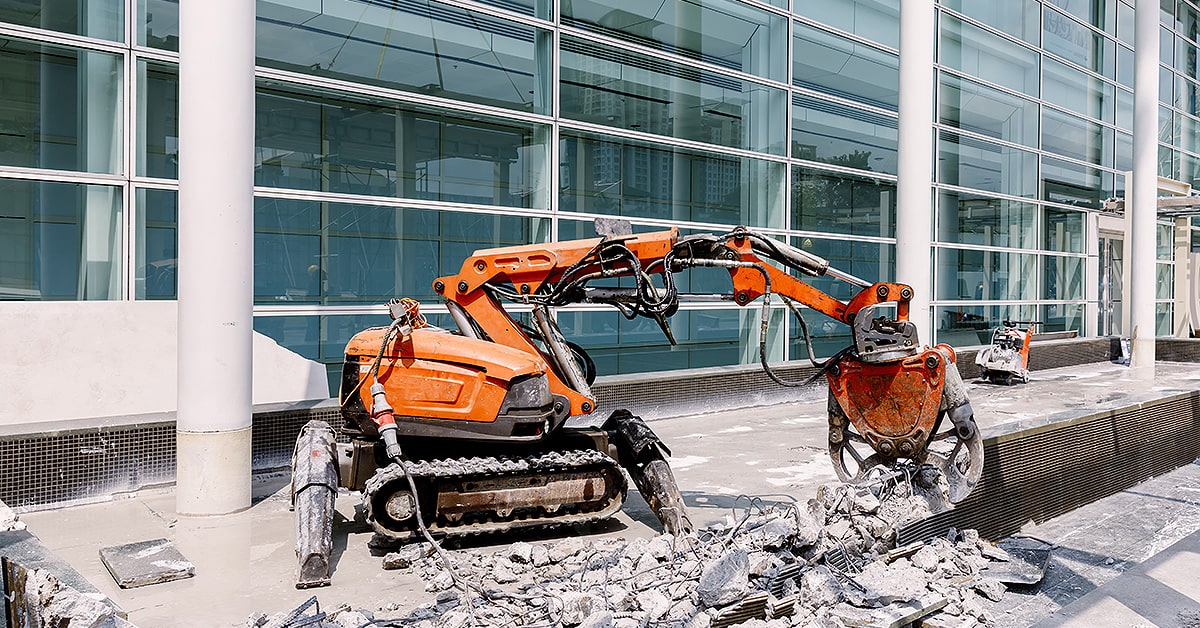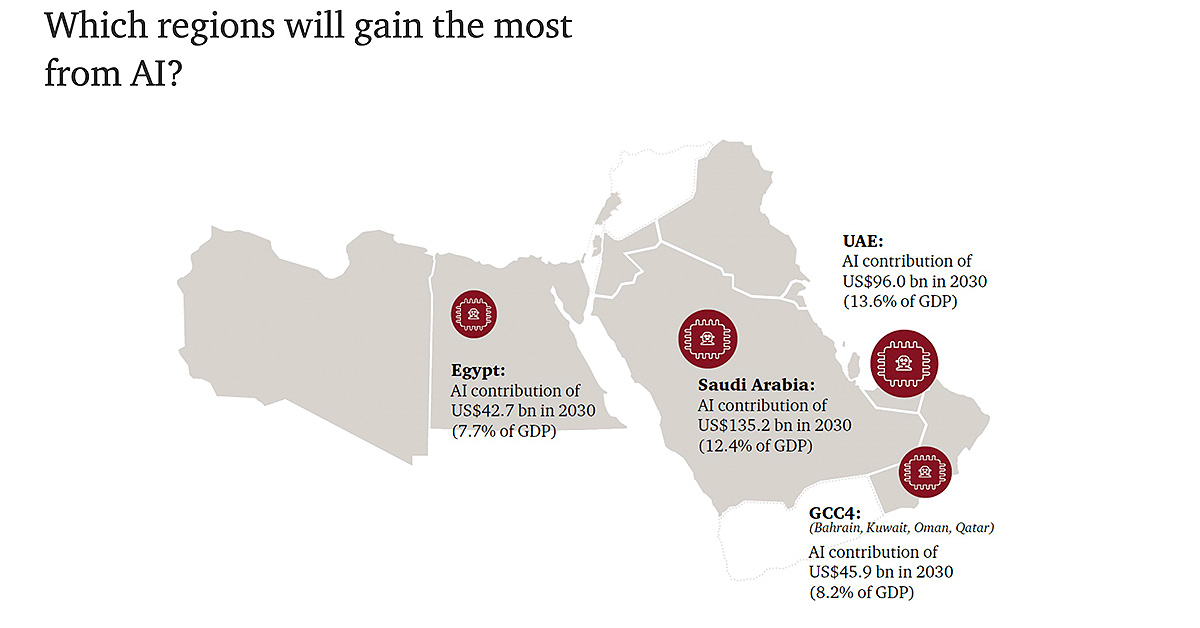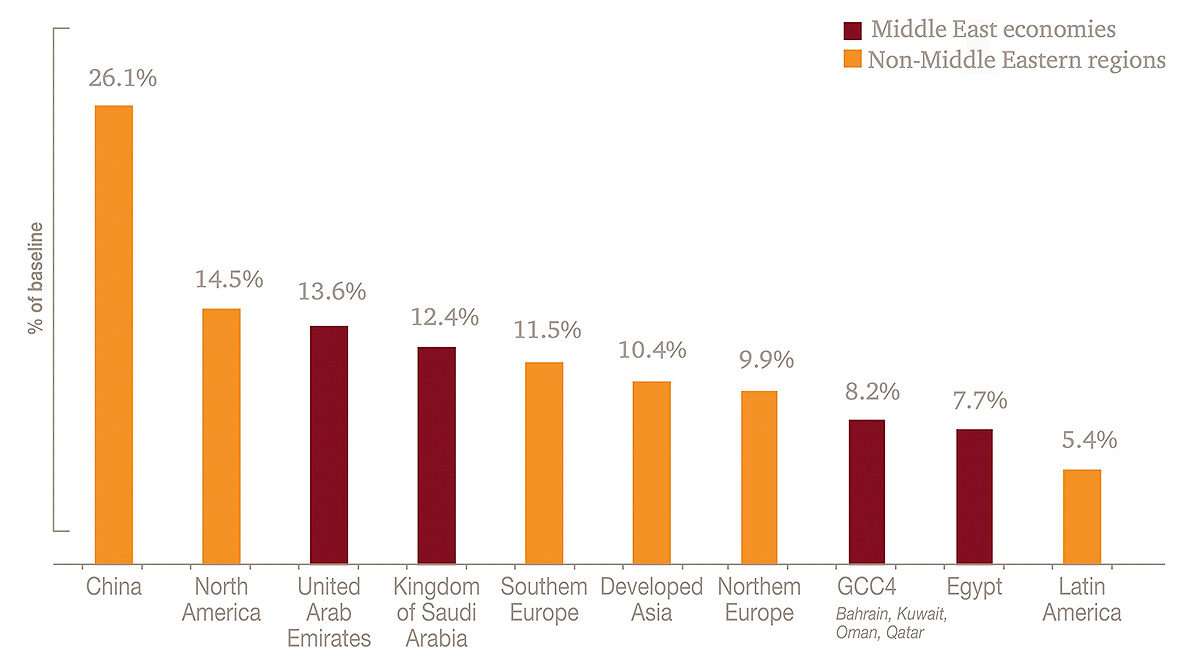 Demolition Robot in action. Photo © Ekkasit A Siam via ShutterStock.
Demolition Robot in action. Photo © Ekkasit A Siam via ShutterStock. .
Cutting-edge robotics and artificial intelligence are part of the Saudi National Industrial Strategy that is driving innovation in the Kingdom. Architecture, engineering and construction are among the many industries that will be affected by emerging technologies.
Since we published an article last year on how robotic construction is becoming reality in the Middle East, the field has continued to grow with further investment and new applications. The announcement of the Saudi National Industrial Strategy in October 2022 — part of the country’s Vision 2030 plans — includes a strategic objective to expand global leadership in high-tech manufacturing and development. Artificial intelligence, robotics, 3D printing, and other technologies may transform the building industry as well as many other sectors of the Saudi and regional economies.
According to a report by international accountant and advisory firm PricewaterhouseCoopers, robotics and AI could contribute more than $135 billion to the Kingdom’s economy by 2030. Dubai, meanwhile, is also launching a Robotics and Automation Program. The initiative aims to deploy up to 200,000 robots over the next decade to increase productivity and efficiency across several industries. Once again, some of these tools are likely to impact the building and construction industries.

Which regions in the Middle East will gain the most from AI? Graph © PwC.

Contribution of AI to GDP by region, 2030. Graph © PwC.
A balanced approach
For Omrania and other industry leaders, it is important to keep an eye on new technologies and anticipate how they may help us bring additional value to our projects and clients. Embracing new tools too quickly, or without a proper understanding of their correct applications, can lead to problems in the timely delivery of projects. On the other hand, we cannot ignore new technologies that can improve efficiency and safety. As architects, engineers, and construction supervisors who take on highly complex development projects on behalf of our clients, we understand that tools must be used to serve the objectives of each project.
Technology has always been a part of architecture. How are AI and robotics changing the AEC industry today?
Making structures more efficient
Advanced algorithms and AI tools can be used to optimize structural designs, thereby reducing the volume of raw materials such as steel and concrete required for construction. This capability is useful in planning buildings, bridges, and other infrastructure.
Improving facilities management
AI, AR, and remote human assistance can improve facilities management, enable more effective maintenance, and streamline building operations. Today’s most innovative facility managers are integrating AI tools into their enterprise resource planning (ERP) software.
Optimizing HVAC operations
Smart building technology can be used to optimize HVAC systems to reduce energy consumption and improve occupant comfort. By collecting and analyzing data over days and months, AI tools can more accurately predict cooling and ventilation loads in different parts of a building, in response to both exterior conditions and interior occupancy levels.
Powering smart cities
Smart cities such as NEOM are being planned and built around AI-leveraged infrastructure and operations, which will provide comfortable environments and incredible opportunities for humans.
Autonomous equipment
The use of drones, self-driving vehicles and other autonomous equipment will help reduce labor costs and increase efficiency during construction.
Working under the desert sun
As parts of the Gulf region become too hot for humans to carry out crucial jobs in energy, construction, and agriculture, increasingly sophisticated robots can work faster and more efficiently than ever.
3D Printing
A number of building components and entire homes have already been robotically constructed using 3D printing technology in KSA and other countries. These methods, which promise to lower the costs of labor and reduce construction waste, will likely be scaled up in the years ahead.
Accelerated construction
Some types of maintenance and construction tasks can be automated. For example, robots recently painted a luxury building in Dubai at a rate of 1,000 square feet per hour, which is said to be approximately ten times faster than manual painting. Robots have also been used to lay brick and build complex masonry structures.
Collaborative robotics
Rather than simply replacing humans, many robotic technologies are designed to work alongside human workers to improve safety and productivity. This applies to AI tools that can be integrated with BIM workflows during the architectural design process, as well as fabrication and on-site construction operations.
Inspection and Monitoring
Robots can be programmed to inspect and monitor construction sites and structures for safety and compliance, in accordance with local and national regulations.
Powered by new investment and innovation, robotics and AI appear poised to transform the AEC industry. These technologies may become particularly important in Gulf nations like KSA, where ambitious urban and rural developments are linked with national initiatives like Vision 2030. Contemporary architects and engineers, together with building owners and developers, must work together to harness emerging technologies to improve sustainability and performance — the backbone of tomorrow’s smart cities.







